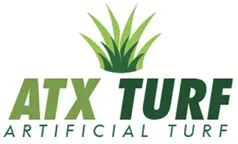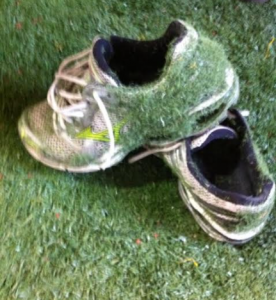Does Artificial Turf have Static? & How to Prevent It
Published August 4, 2022
Yes. Much like the carpet in your house, artificial turf can have higher degrees of static in drier environments. Artificial Turf is typically made of polyurethane, polypropylene or nylon fibers and when friction from shoes rubbing the turf is combined with dry air, it can cause an electromagnetic static reaction, much like rubbing your feet on carpet and then touching a door knob or water fountain. Introducing moisture into the equation, can help minimize the effects of static in your artificial turf.
If you can feel a small shock when rubbing your feet on carpet and then touching a metal object, imagine rubbing your feet tens of thousands of times, while running around an indoor soccer field or indoor training center. In indoor sports facilities, particularly in the northeast 
In sports facilities that have newer turf, this is rarely an issue, and if it is, is often solved by simply spraying or misting water over the surface area. Furthermore, mixing the water with an antistatic agent, such as a fabric softener, will act as conducting surface layer which evenly distributes excess charge. Many turf fields and areas have been sprayed with Snuggles after installation.(It also helps the area smell better) While more expensive, installing humidifiers on the heating elements or somewhere in the facility will also introduce moisture in the air, on the turf and minimize static reaction. Air Ionizers have also been known to help.
It becomes more of an issue in older facilities with older turf, or newer facilities that have installed used artificial turf. The yarn in the turf fibers begins to break down and the tips begin to fray, releasing tiny micro fibers that fall back into the turf itself. While proper
From decades of experience removing and installing turf fields, the team at ATX Turf has encountered almost every conceivable issue with older turf from worn out fields. When static friendly, atmospheric conditions collide with the fiber breakdown of older turfs, an inconvenient and unsightly result occurs.
While the accumulated turf fibers resemble moss growing on sneakers, socks and soccer balls the initial reaction is as though there is some defect in the synthetic turf. Upon closer examination, however, this is simply a combination of fiber breakdown in older turf, combined with the static conditions created by extreme dry air conditions. The solution is 
Contact a Rep at ATXTurf today to discuss the other Turf Solutions appropriate for your application. 866-428-2809


0 Comments